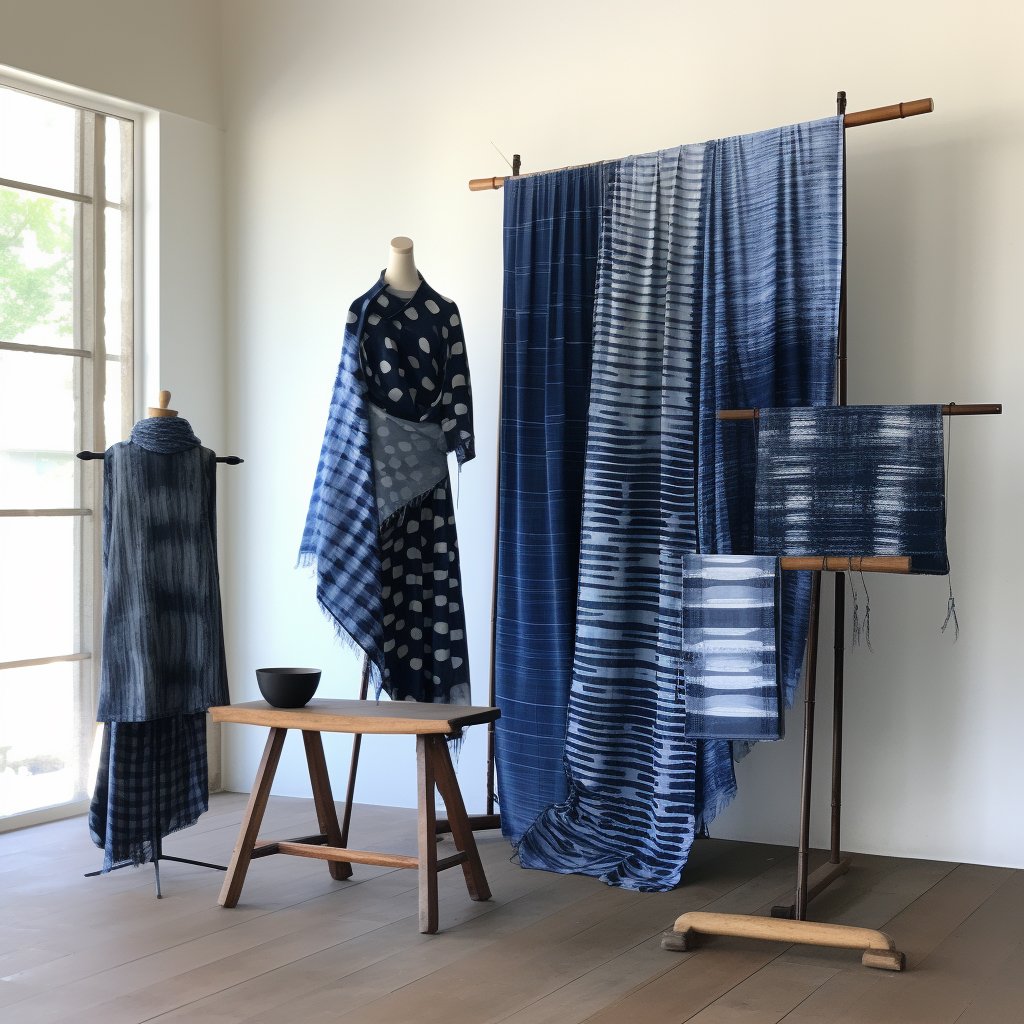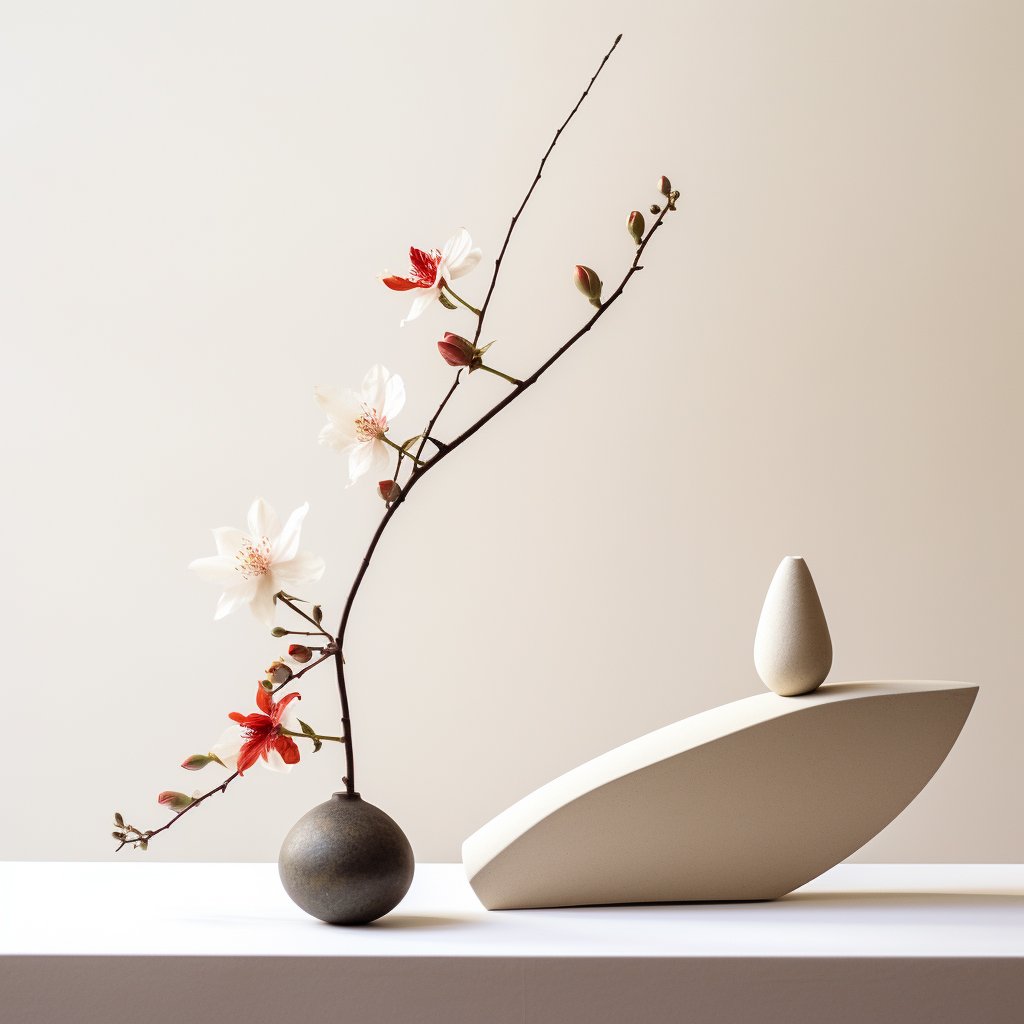The artistic landscape of Japan is a rich tapestry that intertwines centuries-old traditions with contemporary expressions. This exploration delves into the realms of Japanese art and craftsmanship, uncovering the essence of techniques and aesthetics that have shaped its cultural identity. From the historical elegance of ukiyo-e woodblock prints to the innovative approaches of modern art, each aspect of Japanese artistry reveals a unique story of creativity and precision.

Ukiyo-e Woodblock Prints: Windows to the Past
Ukiyo-e, a quintessential form of Japanese art, offers a vivid portrayal of the Edo period’s cultural vibrancy. These woodblock prints, characterized by their stylized lines and bold use of color, depict a variety of subjects including kabuki actors, sumo wrestlers, landscapes, and scenes from folklore. The works of artists like Hokusai, whose “Thirty-Six Views of Mount Fuji” series captures the enduring spirit of Japan, and Hiroshige, known for his atmospheric landscapes, are not just artistic creations but historical documents that provide insights into the life and times of Edo-period Japan. Exploring the Ukiyo-e galleries, such as the Sumida Hokusai Museum in Tokyo, allows visitors to step back in time and experience the world of the floating world.

The Art of Japanese Calligraphy (Shodo)
Shodo, the traditional art of calligraphy, is a revered practice in Japan, blending artistic expression with meditative discipline. Each brushstroke in Shodo is more than mere writing; it’s a reflection of the calligrapher’s state of mind, embodying the Zen principles of mindfulness and simplicity. This art form, ranging from classic scripts to creative contemporary styles, is celebrated in various events and exhibitions across Japan. Participating in a Shodo workshop provides a hands-on experience of this art form, highlighting the spiritual connection between brush, ink, and paper.

Pottery and Ceramics: Echoes of the Earth
The craft of Japanese pottery and ceramics, deeply ingrained in Japan’s cultural fabric, showcases an astonishing diversity in styles and techniques. From the rustic, wabi-sabi aesthetic of Bizen ware to the intricate and colorful Kutani ware, Japanese ceramics are a testament to the country’s artistic diversity. Towns like Mashiko and Seto, each with their own distinctive pottery style, offer not just shopping opportunities but also experiences like pottery classes and kiln visits. These pottery and ceramic traditions, nurtured over centuries, reflect a deep respect for nature and the art of turning earth into elegant art.

Modern Japanese Art: Bridging Traditions and Contemporary Visions
The world of modern Japanese art is a dynamic field where tradition meets innovation. Artists like Yayoi Kusama, with her mesmerizing polka dots and infinity rooms, and Takashi Murakami, known for his ‘Superflat’ theory and vibrant, pop-culture-infused artworks, have positioned Japanese contemporary art on the global stage. Art districts in Tokyo, such as Roppongi and Ginza, are bustling hubs where galleries and museums, like the Mori Art Museum and the National Art Center, showcase an eclectic range of modern art. These spaces not only exhibit works by established artists but also provide platforms for emerging talent, making them vibrant centers of cultural exchange and artistic dialogue.

Textile Arts: Weaving Tradition and Innovation
The realm of Japanese textile art is a fascinating fusion of tradition, functionality, and aesthetics. Techniques like Shibori tie-dyeing, Nishijin weaving, and Yuzen dyeing showcase the intricate and detailed work that goes into creating Japanese fabrics. Exploring the textile districts of Kyoto or attending workshops in places like Arimatsu, where Shibori has been practiced for centuries, offers insights into the meticulous craftsmanship and cultural significance of these textile arts. The use of textiles in contemporary fashion, seen in the works of designers like Issey Miyake and Rei Kawakubo, demonstrates how traditional techniques continue to influence modern design.

Japanese Lacquerware: The Art of Urushi
Japanese lacquerware, or Urushi, is an ancient craft known for its beauty and durability. This art involves applying multiple layers of lacquer (a natural sap) to wood, bamboo, or paper, creating objects that are both functional and exquisitely beautiful. Regions like Wajima and Aizu are renowned for their distinct lacquerware styles. Exploring the process of making Urushi, from the careful application of lacquer to the final, polished product, reveals a world where every detail matters, and where art is an integral part of daily life.

Ikebana: The Art of Japanese Flower Arrangement
Ikebana, the Japanese art of flower arrangement, is more than just a decorative practice; it’s a disciplined art form where nature and humanity are brought together. Rooted in the philosophy of developing a closeness with nature, Ikebana arrangements are minimalist, emphasizing shape, line, and form. Visiting Ikebana exhibitions or participating in workshops can be a meditative experience, offering a new perspective on the relationship between art and the natural world.

Contemporary Japanese Architecture: A Vision of the Future
In the field of architecture, Japan has produced some of the most innovative and influential architects in the modern era. The works of architects like Kenzo Tange, Tadao Ando, and Kengo Kuma demonstrate a unique blend of traditional Japanese architectural principles with modern design concepts. Exploring the urban landscapes of cities like Tokyo and Kyoto reveals a fascinating array of architectural styles, from Ando’s minimalist concrete structures to Kuma’s designs that harmoniously blend with their natural surroundings. These architects’ works not only shape the physical spaces they occupy but also reflect the evolving nature of Japanese aesthetics and cultural identity.

Conclusion
The journey through Japanese art and craftsmanship is a deep dive into a cultural ethos where tradition and innovation coexist harmoniously. From the delicate brush strokes of calligraphy to the bold expressions of contemporary art, each form of art and craftsmanship carries the essence of Japanese culture. These artistic traditions, whether centuries old or part of the contemporary scene, continue to fascinate and inspire, reflecting the timeless beauty and evolving spirit of Japan.